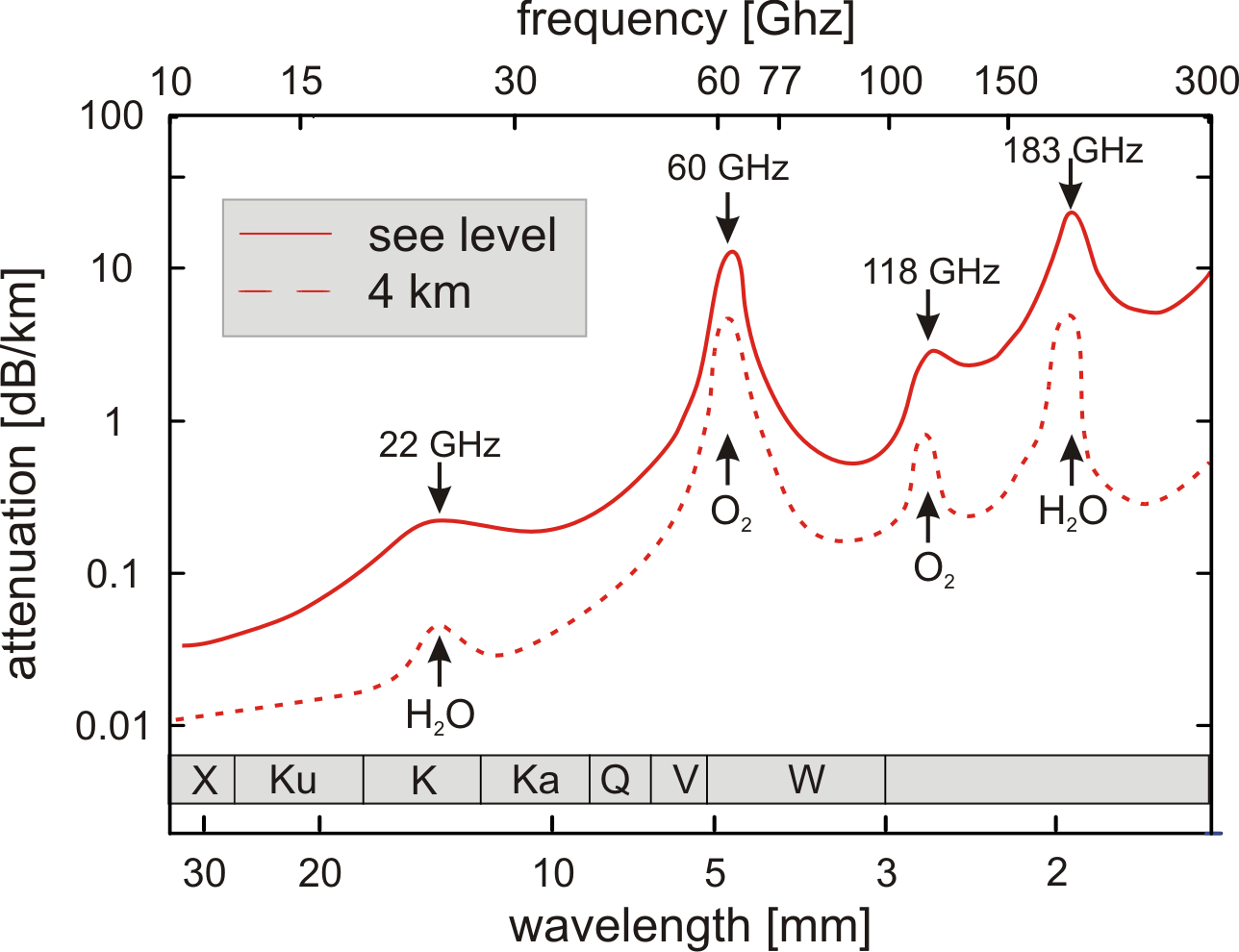Next: 2. Device Physics / Up: Fabrication and characterization of Previous: Contents Contents
The challenge of adaptive cruise control (ACC) and collision
warning systems on passenger automobiles and long-haul trucks
excite manufacturers of vehicles and radar modules as well. Three
competing and potentially complementary technologies have appeared
on the market: microwave, ultrasonic and conventional or infrared
imaging systems (Fig. 1.1). Compared to optical
systems, microwave sources have the advantage of being able to
work in dusty, foggy or rainy environments. Ultrasonic sensors are
in widespread use for parking aids, but with a typical range of
less than
![]() and no facility for accurate object or
speed discrimination, this technology does not represent an
alternative to microwave systems.
and no facility for accurate object or
speed discrimination, this technology does not represent an
alternative to microwave systems.
There are many types of millimeter-wave radar system for automotive applications, differing by the method used to determine the distance and relative vehicle velocity. In this sense, one can distinguish: pulse radars, frequency-modulated continuous-wave radars and spread spectrum radars. Basically, the distance from the radar to the target is detected by measuring a time delay and the relative velocity of the target is obtained from the Doppler shift.
Integrating a sensitive radar module and its associated antenna
into a vehicle platform is not an easy task. The introduction of
new technologies like millimeter-wave radar testing into
production facility, coupled with the requirement to drive costs
as low as possible, put heavy demands on the design engineers,
test department and the entire production team. Moreover,
microwaves are reflected by metal surfaces and partially reflected
by those of many other materials e.g. brick and concrete. The
microcontroller has to be intelligent enough to recognize
the signals reflected from vehicles from other interferences.
Figure 1.2 shows the atmospheric
attenuation in the frequency range between 10 and
![]() [AM88]. Among the unallocated (free) frequencies,
[AM88]. Among the unallocated (free) frequencies,
![]() has been chosen as a standard for ACC systems,
as a good compromise between the attenuation caused by oxygen,
water or water vapor.
has been chosen as a standard for ACC systems,
as a good compromise between the attenuation caused by oxygen,
water or water vapor.

|
The continuous progress of communication and automotive radar systems demands for efficient and compact oscillators with very stable frequency characteristics and low-noise levels. GaAs- and InP-based Gunn diodes have always been one of the best choices for microwave signal generation. State of the art GaAs Gunn diodes possess a graded gap injector. Starting from a deep analysis of the commercially available Gunn diodes, an optimization of the graded gap injector has been performed. Furthermore, an alternative hot electron injector, based on a resonant tunneling double barrier structure has been proposed and investigated.
Monolithic microwave integrated circuits (MMIC) represent the logical solution for cost effective mass-production mm-wave systems. In this direction, a good attempt has been done by Hwang et al. [HLK+03], combining a miniaturized microstrip hairpin resonator with p-HEMTs (Pseudomorphic High Electron Mobility Transistors). Strohm et al. [SQI01] achieved similar results with SiGe HBTs (Heterostructure Bipolar Transistors) using SIMWIC (SIlicon Millimeter Wave Integrated Circuit) technology. In order to simplify the fabrication process and reduce the costs, backside treatments and via holes should be avoided. For these reasons, notwithstanding the better high frequency properties of the microstrip lines, coplanar waveguide technology (CPW) should be preferred. In our approach, a GaAs graded gap injector Gunn diode is integrated with a CPW low-pass filter for DC power supply and a planar resonator. The HF output has been realized with a simple capacitive coupler next to the Gunn diode.
The dissertation is organized in seven chapters. No chronological order of the various developments has been followed. Besides the introductory chapter, there are six chapters, which cover four main research areas: semiconductor device engineering, epitaxial growth, semiconductor processing and microwave engineering.
Chapter 2 will thoroughly examine the concept of microwave generation and, paving the way for the contents of the following chapters, the physics of the Gunn diode will be introduced as well.
Chapter 3 will present the GaAs and GaN material systems and review the wafer layer structures, describing each of them in detail and especially pointing out their strengths and weaknesses. Special attention has been paid to the device design for the hot electron injection into the L-valleys.
Chapter 4 will describe the experimental methods. It gives a brief overview of the different investigations and their functionality used within this work.
Chapter 5 will survey a comprehensive panorama of the technological processes involved in the fabrication of planar Gunn diodes and MMIC Gunn oscillators.
Chapter 6 will present the experimental results of the processed devices. The electrical measurement will be explained and compared with the literature, leaving place for sound interpretations.
Chapter 7 contains the summary of this work.
simone montanari 2005-08-02